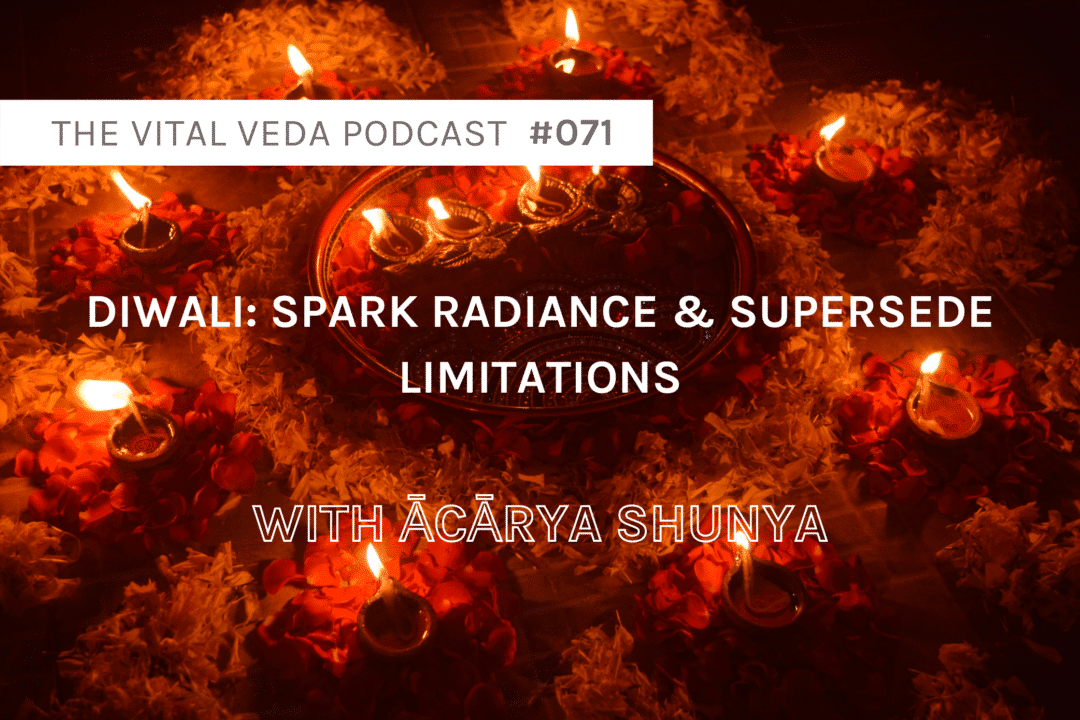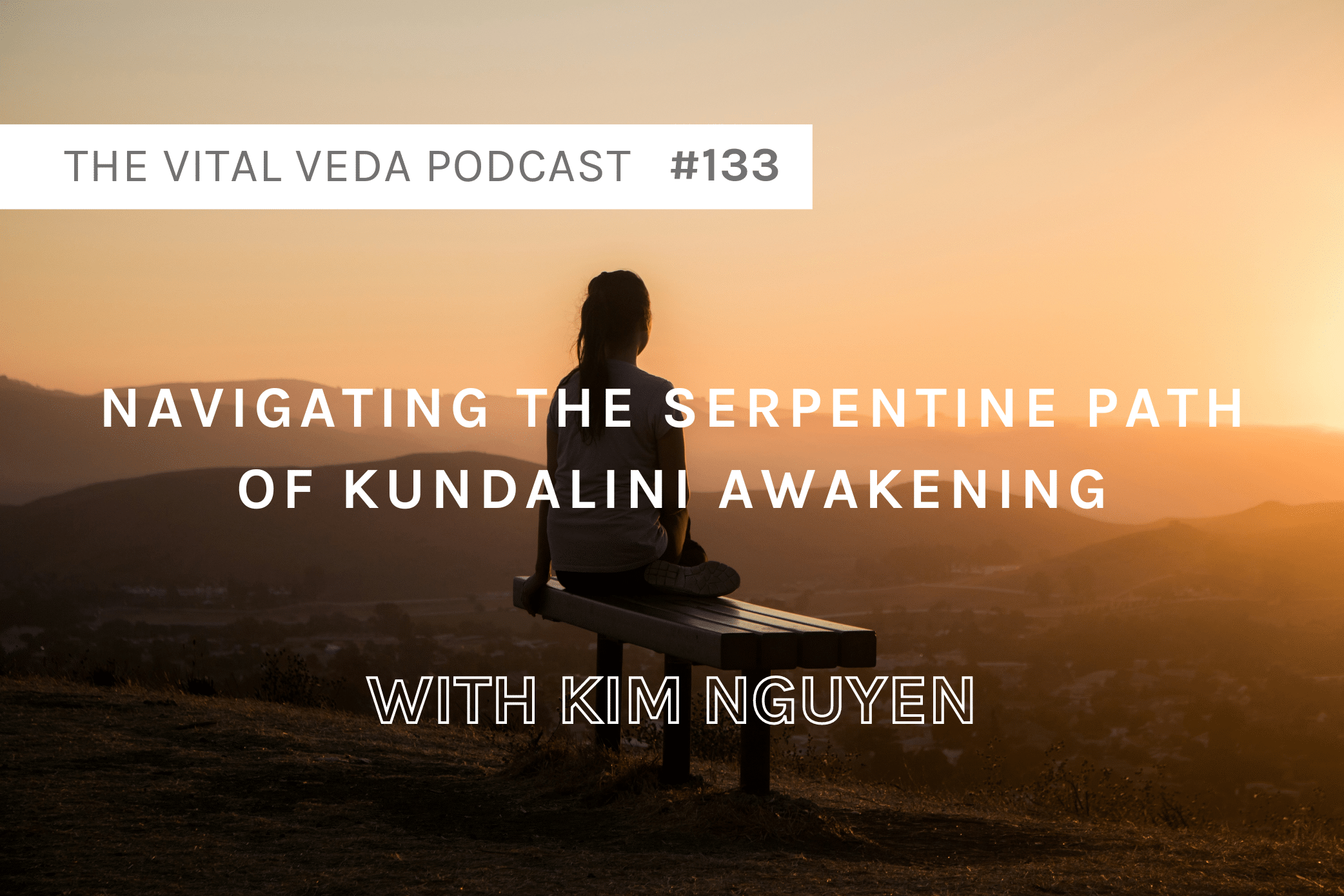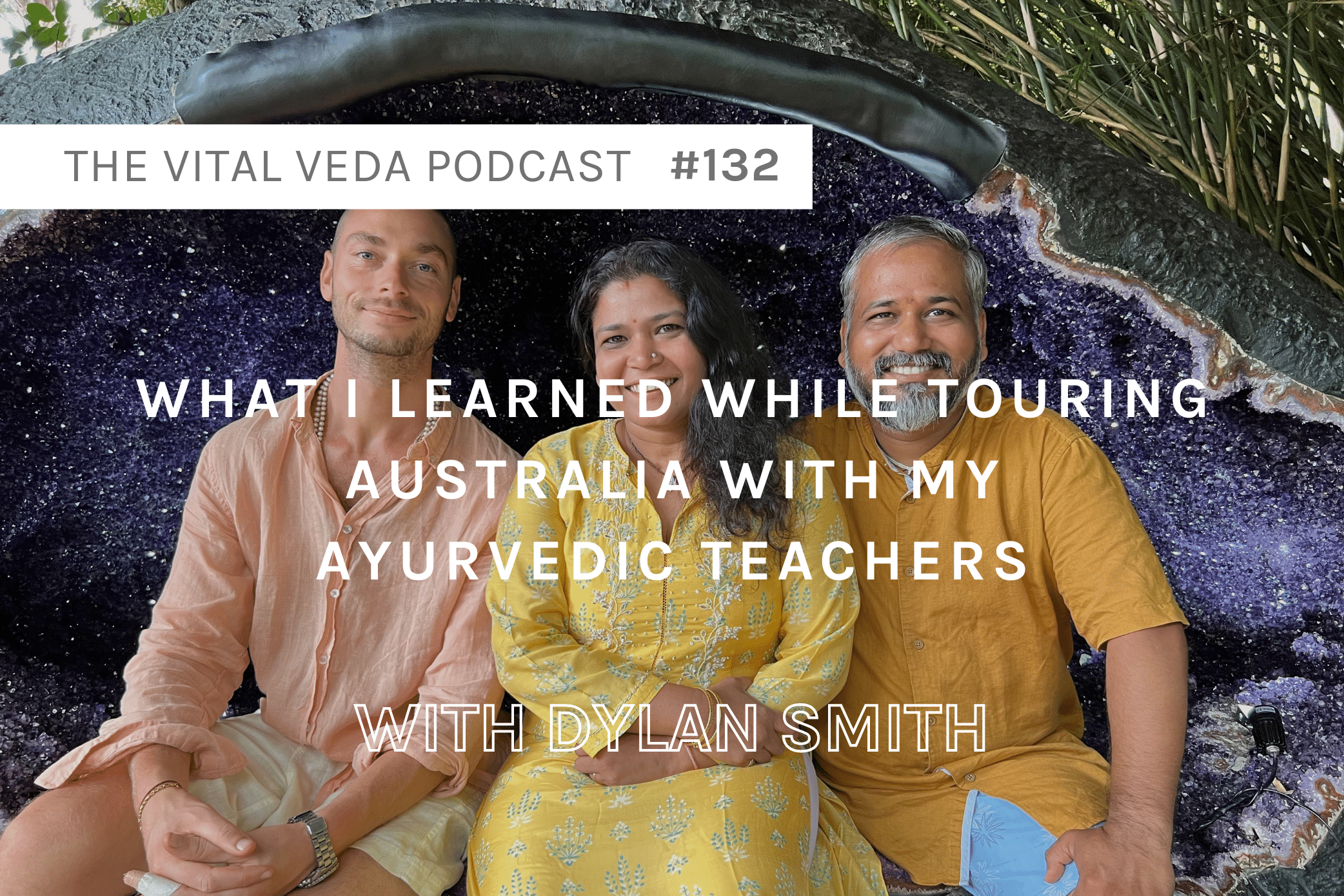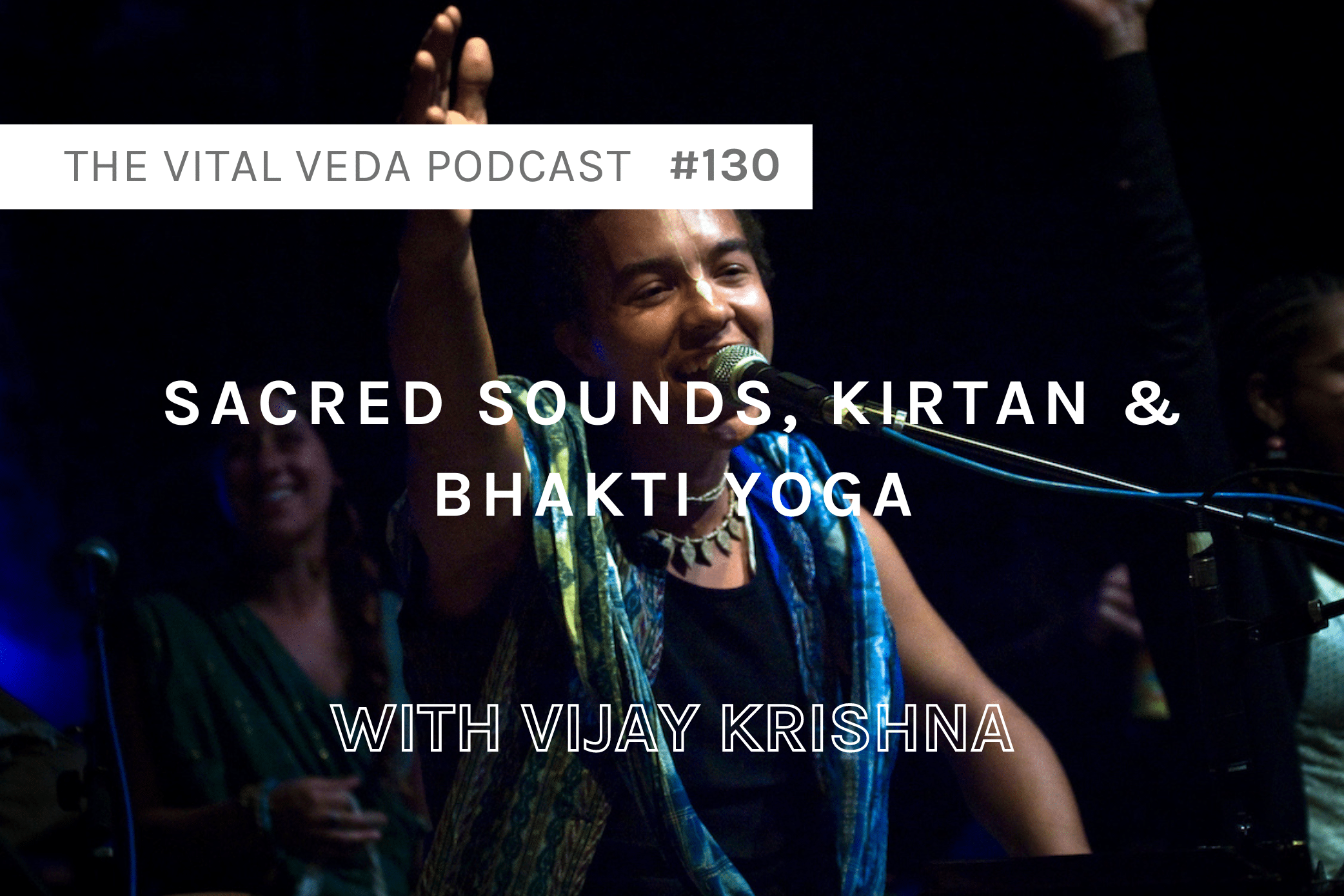Diwali (Dīpāvalī दीपावली) is the time of the year to supersede our personal limitations, and enliven the light of consciousness that is the basis of all existence.
Also known as the “Festival of Lights”, it is perhaps the most famous Vedic festival of the year. In Sanskrit “Dīpāvalī” means “a row of earthen lit lamps.” On this new moon night, you will see India or Indian communities abroad lit up with lights.
Light signifies purity, knowledge and auspiciousness.
Lighting the “diya” (earthen lit lamp) guides us through the darkness to seek the eternal truth in our own personal lives.
In the battle between light and darkness (jyoti and tamas), knowledge and ignorance (vidya and avidya), we must awaken and utilise what is offered on Diwali to leap beyond our ordinary boundaries rooted in ignorance and fear.
We can awaken an inner transformative power in our devotion to the highest excellence within us. This is known as “Sri Rama” in the Vedas.
May the light in your life, pure consciousness, shine on you and reflect with your flavour of radiance onto all others to enhance peace and abundance for the whole world to enjoy.
ABOUT OUR GUEST: ĀCĀRYA SHUNYA
Acharya Shunya is a wisdom teacher and a catalyst for empowering health and elevating consciousness worldwide.
She is an award-winning and internationally renowned author, speaker and scholar of non-dual wisdom (Advaita) and a classically-trained master of Yoga and Ayurveda.
The first female head of her 2,000-year-old Indian Vedic spiritual lineage, Acharya Shunya provides a rare opportunity to receive authentic teachings.
Acharya Shunya is the President of The Awakened Self Foundation with its international headquarters in California and founder of the spiritual and philanthropic non-profit Vedika Global.
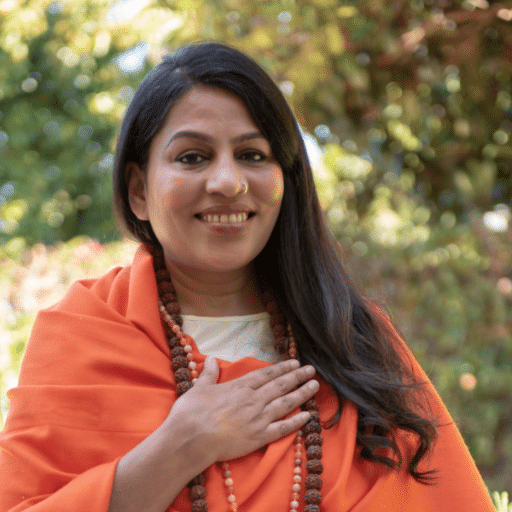
She hosts the Shadow to Self podcast, the Alchemy with Ayurveda program, author of best-selling book Ayurveda Lifestyle Wisdom: A Complete Prescription to Optimize Your Health, Prevent Disease, Live with Vitality and Joy (Sounds True, 2017).
Author of Sovereign Self: Claim your Inner Joy and Freedom with the Empowering Wisdom of the Vedas, Upanishads and Bhagavad Gita and Her third book, slated for release in January 2022, Roar Like a Goddess: Every Woman’s Guide to Unapologetic Power, Propensity and Purpose.
IN THIS EPISODE WE DISCUSS:
Table of Contents
The Meaning Behind The Title of Ācārya
The title is given to accomplished Yogis and Vedic Scientists.
An acārya is a teacher, who teaches not only theoretical wisdom but by example, by the path (caryā चर्य) they walk in life.
The acārya is an honorific title given to the lineage holder of a particular tradition (sampradaya सम्प्रदाय).
Acharya Shunya is the first female lineage holder of her sampradaya.
Ācārya Shunya’s Dality Routine (Dinacharya)
Waking up in the bahma muhurta
She does Sūryopāsanā सूर्योपासना: worship of the Sun (a.k.a. Sūrya)
Later she does Sandhyavandanam संध्यावन्दनम्
A compulsory set of 5 practices including, mudras, pranayama, chanting of mantras, envisioning, and performing tarpana.
Then more pranayama and yoga asanas (postures).
She then spends time with her family, and engages in daily duties such as the writing of books, meeting students & sometimes even recording her podcast.
She tends to spend her afternoons in quiet and stillness.
The City of Ayodhya
Ayodhya is the city where Rama, the seventh avatar (incarnation) of Lord Vishnu, was born & from where he ruled during his entire reign.
Acharya Shunya is originally from Ayodhya and shares some insights into the history of this city and what it was like to live there for her.
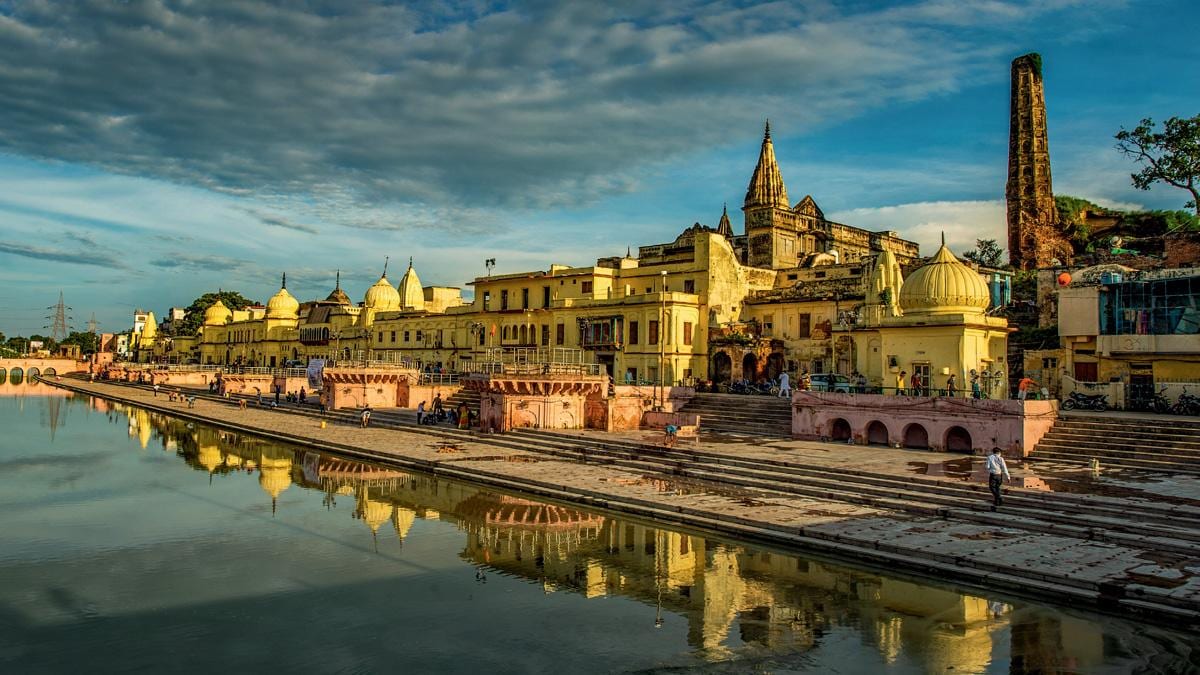
Diwali and The Divine Feats Narrated In The Ramayana
Diwali is the anniversary of the victory of good over evil; of Rama and his army of vanaras over Ravana and his army of rakshasas.
Diwali is the celebration of the day in which Rama returned to Ayodhya after the battle of Lanka (as told in the Ramayana).
Rama represents dharma (fulfillment of one’s own most evolutionary duty in any given moment in time), kṣānti (tolerance and forgiveness) and the atma itself (our true soul & higher self).
Just like Rama is banished into the wilderness, our atma is banished into this worldly realm, full of sickness, depravity and betrayal.
Ravana is a rakshasa, a demon, and mainly represents ego.
He has 10 heads which represent his 10 qualities & the qualities of all of those who don’t realize & attain their true higher self:
Kama (lust)
Krodha (anger)
Lobha (greed)
Moha (attachment)
Madha (arrogance)
Matsarya (jealousy)
Swartha (selfishness)
Anyaya (injustice)
Durmati (evil intent)
Ahamkara (ego)
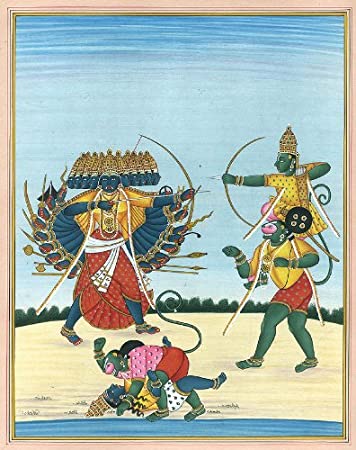
Sita represents buddhi (enlightened reasoning and capacity to think).
When Sita crosses the Lakshmana rekha (the circle which represents dharma, that Lakshman drew around her so she would remain safe while he went to assist his brother), she is captured by Ravana.
This teaches that our intellect should always remain fixed in dharma, and that when our buddhi or intellect steps out of dharma the lower-self or ego (Ravana) takes a hold of us.
The bridge that was created between South India and Lanka was created when the vanaras wrote “Ram” in stones and threw them in the ocean. These stones floated and allowed them to pass.
The metaphor here is that by chanting the name “Ram” over and over, you will find a bridge between any problem and its solution.
Ayodhya represents the body, the jiva, or any living being. So the return of Rama to Ayodhya is the jiva or being, returning to alignment with the atma and dharma. That is the meaning behind Diwali.

Diwali is the return of ‘Being’ with ‘Joy’ to their home beyond all struggle, the Center of the Flow.
The reunion between Sita and Rama also symbolises the dharmic merging of the Divine Masculine and the Divine Feminine.
Rama’s victory in Lanka is the victory of our highest Self over our lower nature.
Diwali also translates as ‘a row of lights’ and refers to the chakras aligned in the spine.
It is a return to alignment with nature; where mind, body and spirit are in alignment.
Ways to Celebrate Diwali & To Align With Our Higher Self
Diwali is a five-day festival that starts with Dhanvantari Jayanti.
You can chant the Dhanvantari bija mantra: “Om Dhanvantaraye Namaha”
Since Dhanvantari emerged from the ‘ocean of milk’ holding the divine amrita within a pot, it is tradition in India to buy a pot and cook something in it, be it a healing soup or some other nurturing dish.
Worship Dhanvantari, who is present in every herb and elixir you are about to ingest, and ask for his blessing.
Write a letter to Rama and ask for his blessing.
Clean your house & decorate
Evoking the ‘Sri’ value of Lakshmi (Sita) who has returned home.
Balance your financial books; everything should be sparkling and shining.
Start journaling, this is the cleansing of the inner home, state in the first page of your journal what it is that you want to let go of, what no longer serves you.
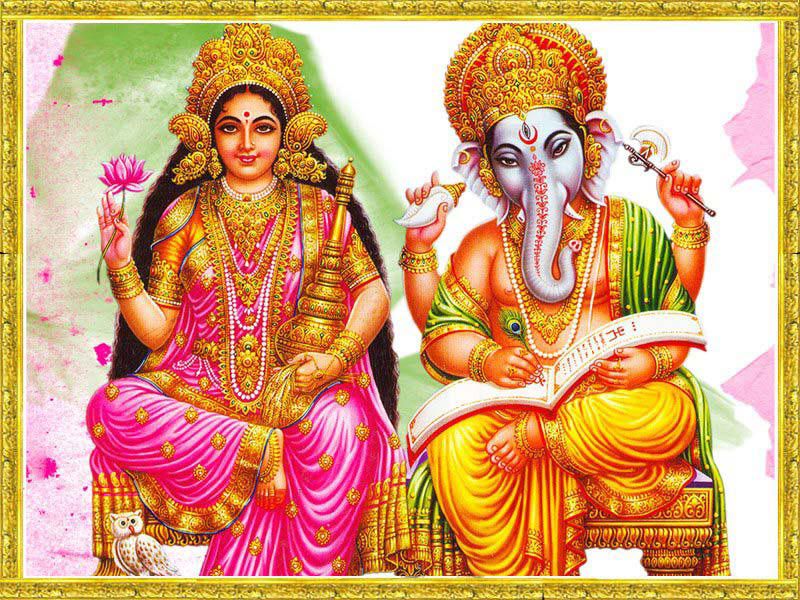
Ganesha is often worshiped in this time along with Lakshmi (embodied by Sita in the Ramayana).
Ganesha represents the removal of obstacles and Laksmi is the gifts & rewards that follow.
Any new venture that is started during this festival is auspicious and will surely render good results.
The lighting of the lamps
Light several lamps and connect that external light to the light within yourSelf.
Diwali is the return of ‘Being’ with ‘Joy’ to their home beyond all struggle, the Center of the Flow.
Diwali also translates as ‘a row of lights’ and refers to the chakras aligned in the spine.
It is a return to alignment with nature; where mind, body and spirit are in alignment.
Ghee Lamps
Ghee is a very sattvic substance.
It comes from milk which already is very sattvic but then a lot of work has to be put into milk to turn it into butter and then ghee, this increases its pranic value.
Ghee is soothing and nurturing, so when used as fuel for a lamp, the fire from that lamp soothes and nurtures the mind.
Its flame is alway very stable, which represents the ‘internal flame’ we want to enliven: one that is not flickering from desire, but that is steady and ever radiating.
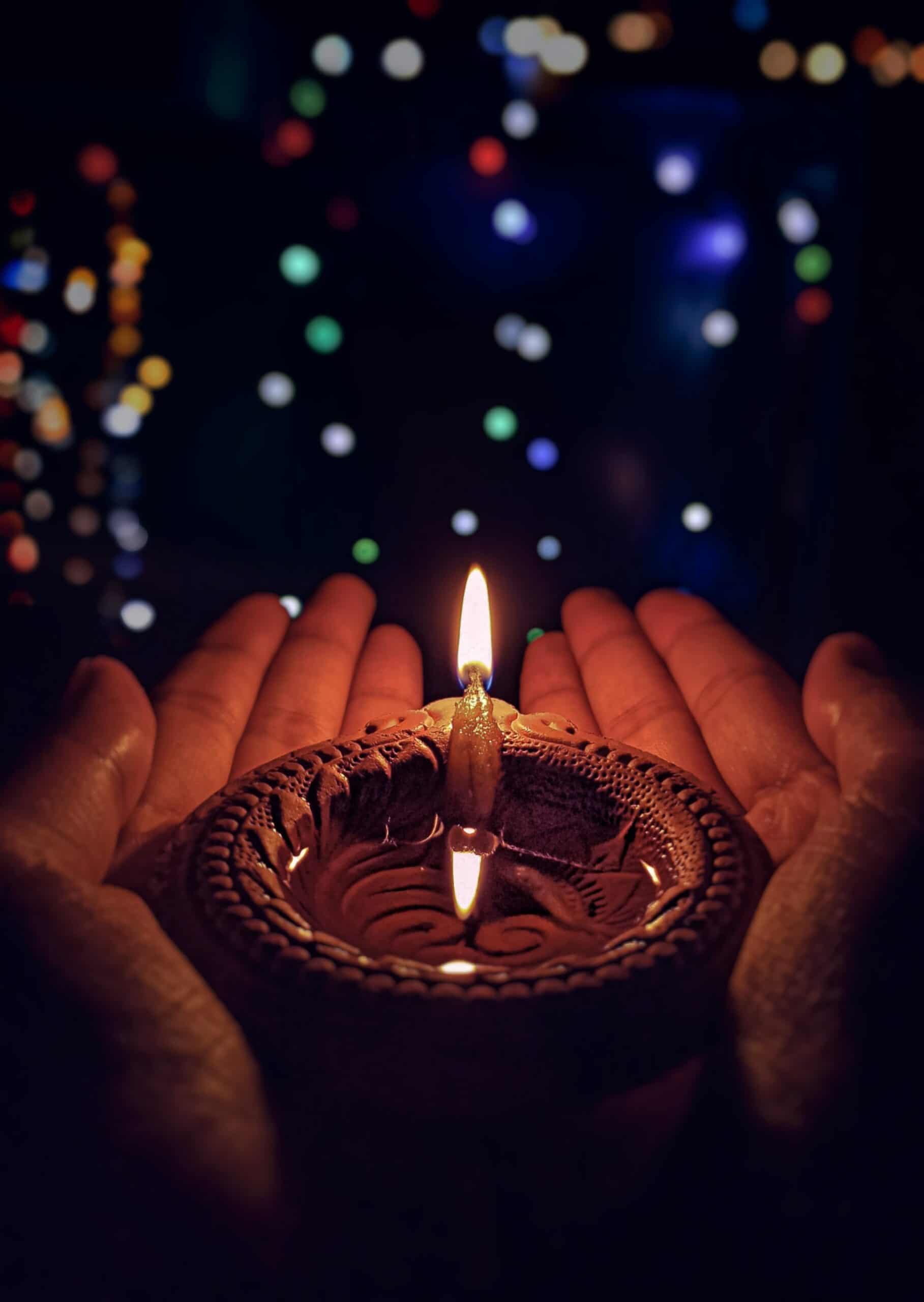
RESOURCES:
Acharya Shunya’s Instagram (@acharyashunya) HERE
Shadow of Self Podcast HERE
Acharya Shunya’s Website HERE
–
Related listen: Listen to Living the High Value of Life with Abundance & Affluence (Laksmi) + Guru Relationships | Yashoda Devi Ma #020
“The Ramayana” translated by Ramesh Menon HERE
SUPPORT THE SHOW
Please leave me a comment below (I love to read every single one).

